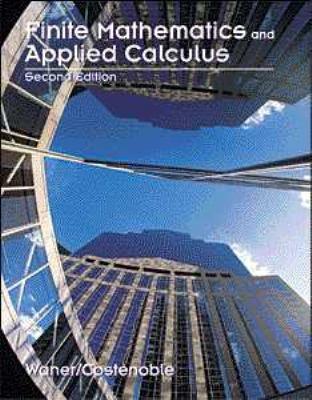Question
This is the link to data: https://drive.google.com/file/d/1R6XvbGDKJp68BlylImzOxwJuBXc0JP_g/view?usp=sharing 01.FEV1, forced expiratory volume, the amount of air a person can blow out in 1 second after breathing
This is the link to data:
https://drive.google.com/file/d/1R6XvbGDKJp68BlylImzOxwJuBXc0JP_g/view?usp=sharing
01.FEV1, forced expiratory volume, the amount of air a person can blow out in 1 second after breathing in deeply, is an easy way to assess lung function. The units are liters/ 1 second.
Researchers studying asthma were interested in how children's FEV1 varied with their height. The data le is attached below..
For this question, the outcome variable is fev1 and the explanatory variable is height.
The fev1 values are in liters of air in the rst second. The heights are measured in inches.
There are 351 children in the dataset.
1.1 Based on this plot, does a line give a good summary of the relationship between FEV1 and height? Explain your reasoning.
1.2 Is the variability of the observed points around the tted least squares line roughly constant? Explain your reasoning. Focus on the observations with heights between 50 and 65 inches, where there are good numbers of observations
1.3 Explain why we do not have to look at the distribution of the standardized residuals to know that it is OK to use methods based on the t distribution to nd condence intervals and carry out hypothesis tests for these data
1.4 analyze the data using the least squares regression line.
what is the averages and standard deviations of fev1 and height and the Pearson correlation coefcient. Paste your results.
1.5 Use the R lm function or equivalent software to t the least squares regression. If you are using R, you will need to save your results in an R object, as illustrated in our course materials. Paste your results
1.6 what is the slope estimate from the Pearson correlation coefcient and the standard deviations of fev1 and height. [Show intermediate steps.] Include the units for the slope
1.7 what is the intercept estimate. [Show intermediate steps.] Include the units for the intercept
1.8 what is the equation for the tted regression line.
1.9 Explain why it is not of any concern that the least squares line has a negative value for the intercept
1.10 The investigators want to know if these data provide evidence to support the hypothesis that mean FEV1 is higher for children who are taller. State the null and alternative hypotheses for the investigator's question
1.11 what is the test statistic. [Show intermediate steps.]
1.12 What are the degrees of freedom for the test? Explain your reasoning and include your calculations
1.13 Using your answer to question 1.11 explain how you know the P value is very small
1.14 Using P < .01 as the criterion for statistical signicance,state the test conclusion in asentence for the investigators.
1.15 What is the standard deviation of the residuals, and what are its units? What does the standard deviation of the residuals tell us about the closeness of the observed points to the tted line?
1.16 what is R22 from the sums of squares and interpret it.
1.17 Explain why it would not be wise to use your regression model to estimate the mean FEV1 of children 42 inches in height
Step by Step Solution
There are 3 Steps involved in it
Step: 1

Get Instant Access to Expert-Tailored Solutions
See step-by-step solutions with expert insights and AI powered tools for academic success
Step: 2

Step: 3

Ace Your Homework with AI
Get the answers you need in no time with our AI-driven, step-by-step assistance
Get Started


